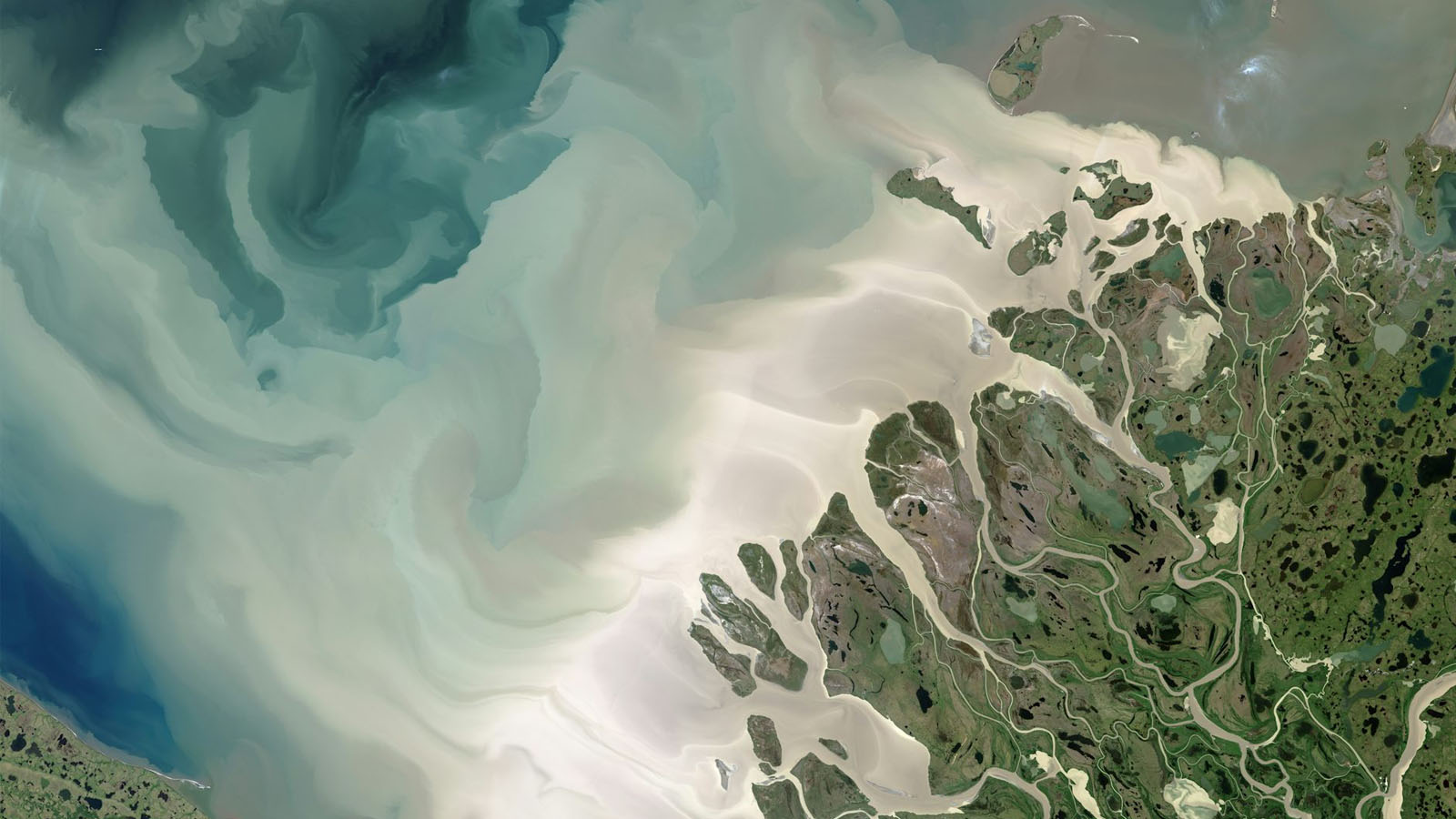

As the Arctic warms, its mighty rivers are changing in ways that could have vast consequences – not only for the Arctic region but for the world.
Rivers represent the land branch of the earth’s hydrological cycle. As rain and snow fall, rivers transport freshwater runoff along with dissolved organic and particulate materials, including carbon, to coastal areas. With the Arctic now warming nearly four times faster than the rest of the world, the region is seeing more precipitation and the permafrost is thawing, leading to stronger river flows.
Rawlins is a climate scientist who studies how warming is influencing the water cycle and ecosystems. In a new study, he and his co-author Ambarish Karmalkar Assistant Professor of Geosciences, University of Rhode Island executed numerical model simulations on the UMass/URI UNITY cluster housed at the MGHPCC to explored how climate change is altering Arctic rivers. The sophisticated hydrology model is computationally intensive and coded in Fortran, and thus able to leverage the state-of-the-art infrastructure within the MGHPCC.
